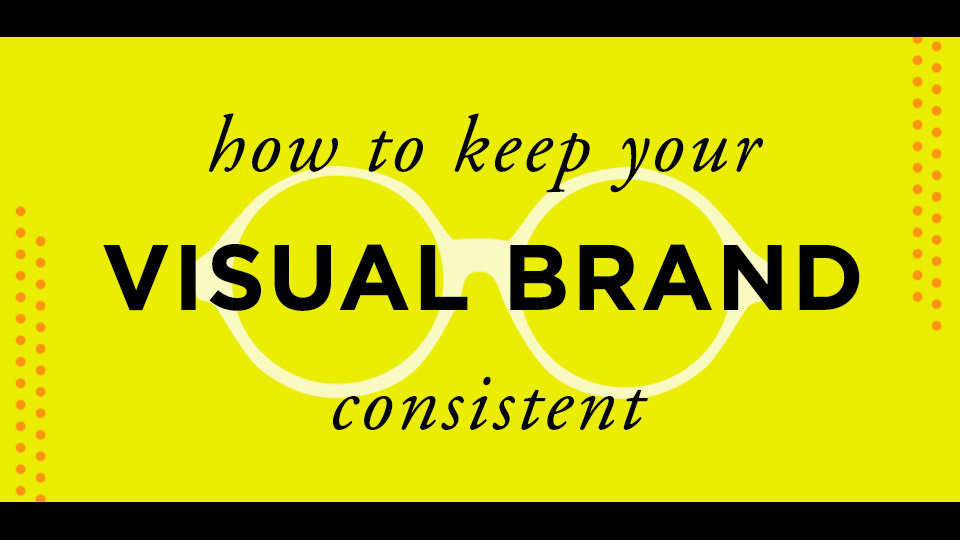How to Keep Your Visual Brand Consistent
By Chris Ward
Your visual brand is the combination of your organization's habits that utilize visual assets like your logo, photography, illustration, other graphic elements, color palette and typography. Whether you realize it or not, every time you use or don't use these assets in a consistent way, you are respectively working to build, or tear down, your visual brand.
Think of it like being on a diet. If you practice consistency and good habits with a long-term mindset, you will have a positive outcome. However, if you are inconsistent, your goal will be harder to reach. It is wise to acknowledge the importance of reinforcing proven combinations of your visual assets.
There are three simple steps you can take to make sure your brand is visually consistent.
1) Your visual brand needs guidelines.
Regardless of how simple, they can grow and become more comprehensive over time. At a minimum, simple guidelines should present "officially approved" versions of your logo, give you formulas for your approved branded colors, and present names and samples of your brand's approved typefaces/fonts. It is also beneficial to have examples of how these visual brand assets combine with others, like photography or illustration. Maybe your website's homepage or advertisements show this evidence. Guidelines: get 'em and stick to 'em!
2) Your visual brand needs a steward on your team.
There should be someone on your team who owns this responsibility. Your team's steward is someone who sees most (or all) of the visual work of your brand as pieces are created and makes sure they work in concert with each other, while following your brand's guidelines. Also, in the event that you are working with an agency to execute a marketing plan, their creative director should be made aware of your requests, and should act as a "first line of defense" where the visual work of the agency is concerned. He/she can be someone to refer to when questions arise about common visual brand practices.
3) Your visual brand needs its common assets organized and available.
Store your assets in a common place. Label them clearly and, if possible, place them on a shared server so they can be made available to team members that need them.
Once you have an approved set of visual assets that are ORGANIZED and a STEWARD is approving their consistent use based on GUIDELINES, your visual brand will be a powerful tool in the overall brand experience for your audience.
How do you plan to steward your company's brand? Check out "Stewarding Your Company's Brand" for some helpful tips on getting started!















